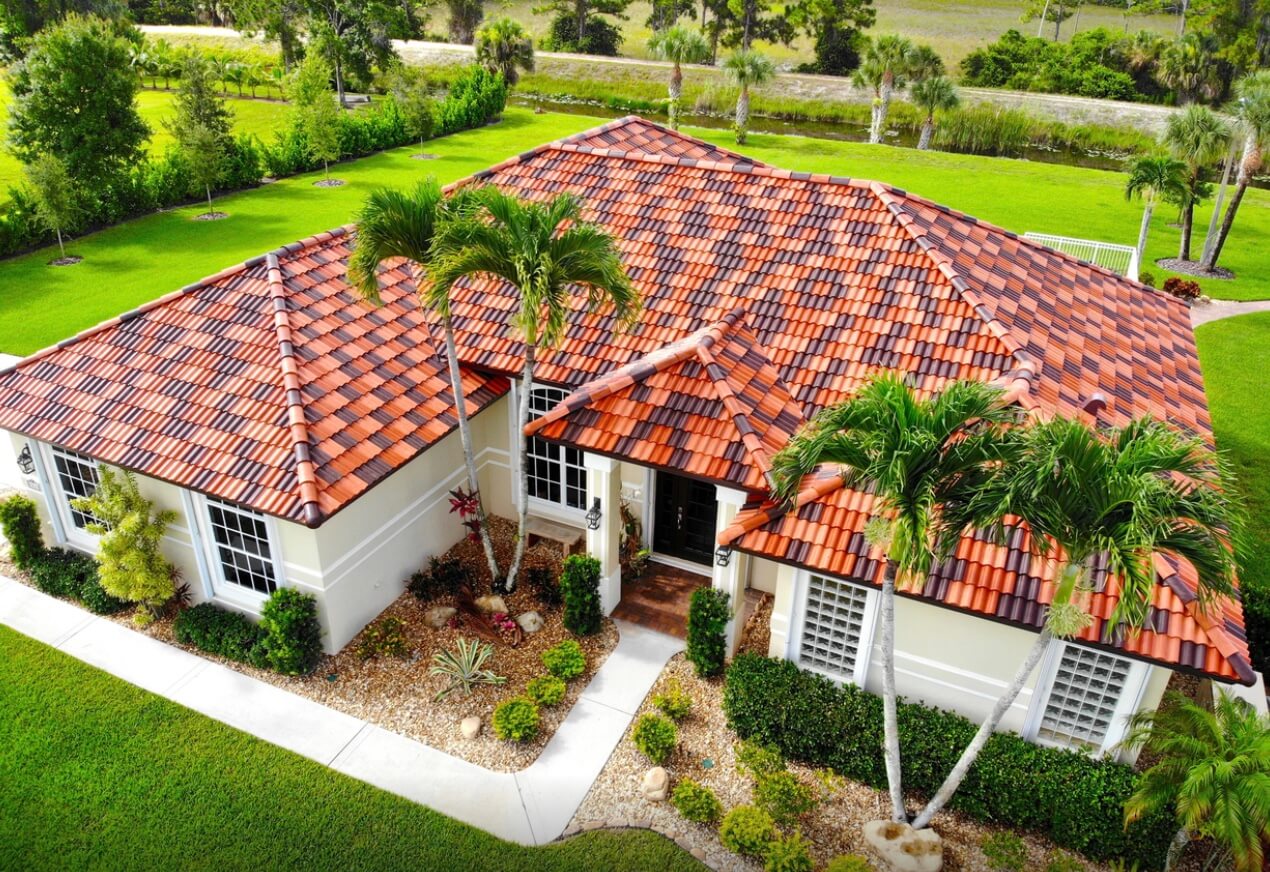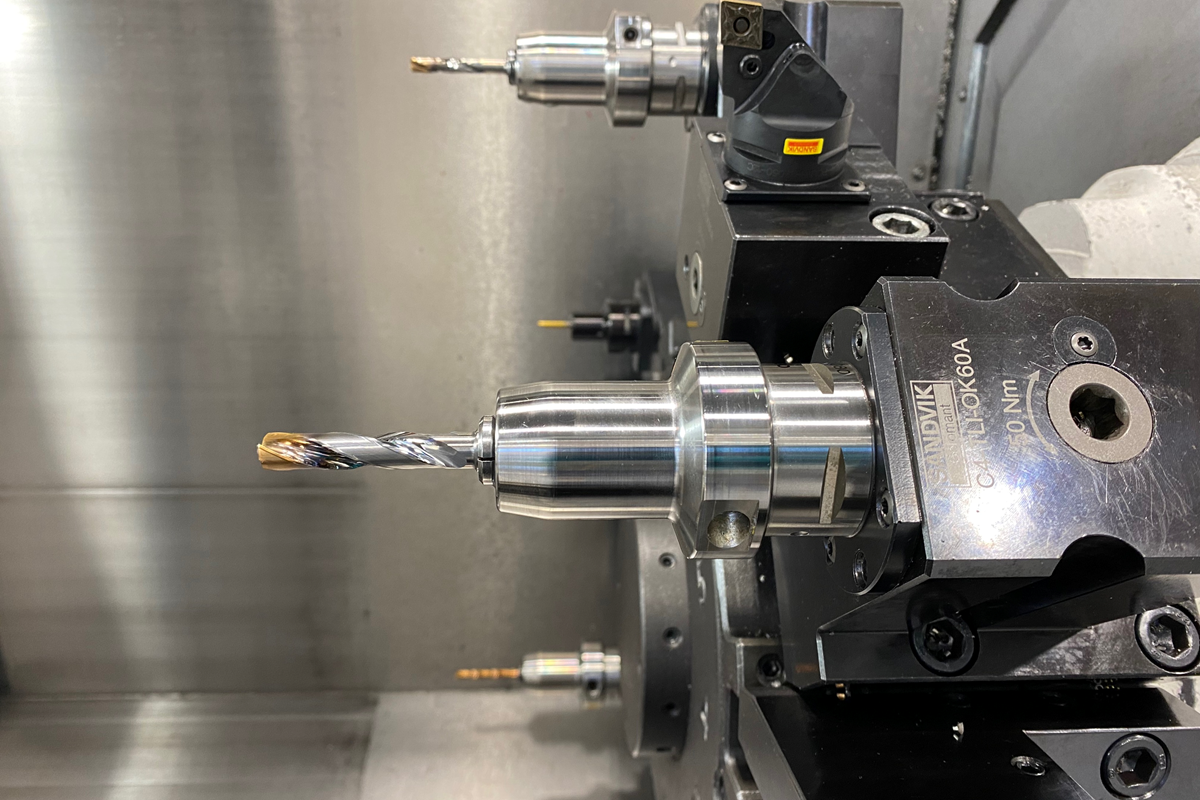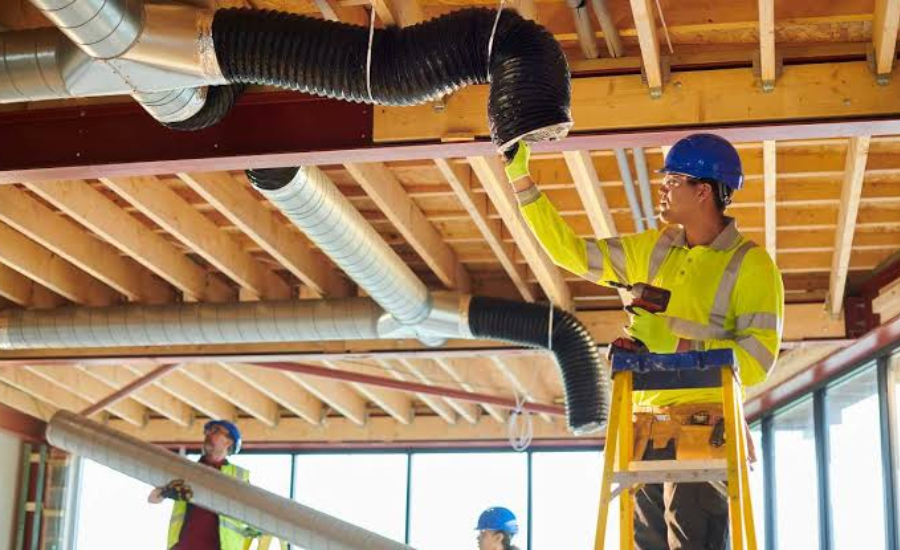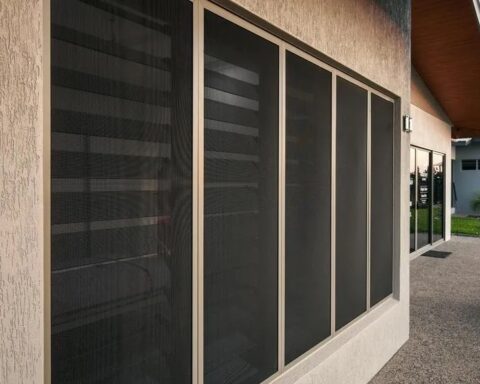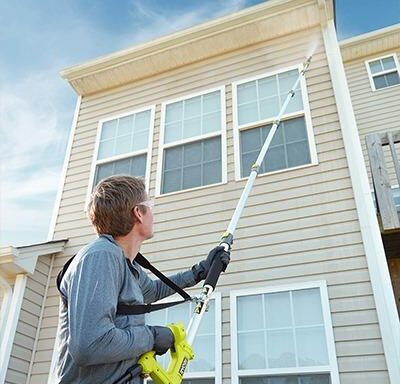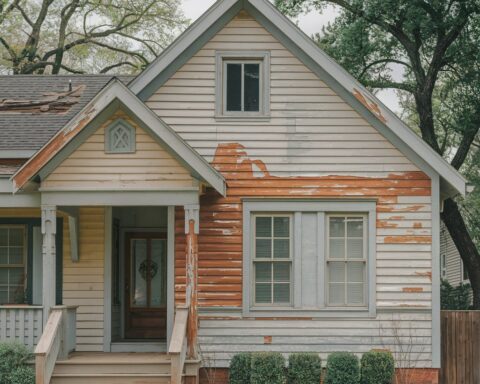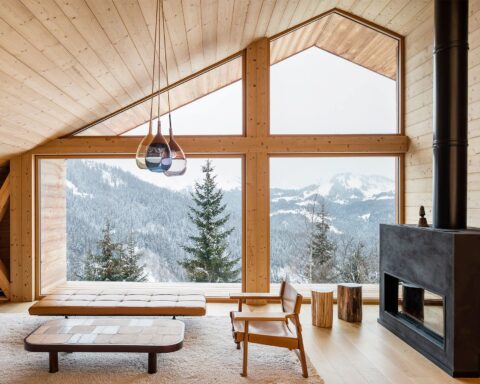Roofing is not only about aesthetics, but there’s more to that. People these days search for a solution that offers long-term value, durability, and energy efficiency.
Tile roofing is the solution that stands out as the best in this field. It has several advantages that go well beyond just its lovely appearance.
What are the long-term energy-efficient benefits of tile roofing? — let’s take a look.
Superior thermal mass
Tile roof provides an impressive thermal mass, which is helpful in regulating indoor temperatures. With this particular feature of the tile roofing, heat can be absorbed during the day and slowly released when the temperature drops. And we get the result as a more stable indoor climate that reduces the strain on our HVAC system.
To understand, here’s an example: In hot climates, tile roofs delay heat transfer into your living spaces by several hours. This shift means your air conditioning doesn’t have to work overtime during peak afternoon hours, leading to significant energy savings.
Natural ventilation
Tile roofing installation creates a natural ventilation layer between the tiles and the roof deck. This air space (buffer zone) enhances the roof’s insulating properties.
In warm climates, this natural ventilation system is particularly effective. Plus, it slash down the costs up to 20%. It’s a passive cooling strategy that works round the clock, requiring no additional energy input.
Reflective properties
Tile roofing is available in lighter colors or can be treated with reflective coatings. This thing increases the roof’s solar reflective index (SRI). In simple terms, roofs reflect more of the sun’s energy rather than absorbing it.
High SRI means cooler roof surface, which means cooler interiors. In urban areas, where solar heat is a major issue, tile roofing could bring a measurable reduction in ambient temperatures.
Longevity and sustainability
If maintained properly, tile roofs last more than 50 years. This extended lifespan has profound implications for energy efficiency and sustainability:
- Less manufacturing energy – Less frequent roof replacement means less energy spent on producing and transporting new roofing materials.
- Minimal waste – Fewer replacements mean less roofing waste ending up in landfills.
- Consistent performance – Unlike some roofing materials that degrade quickly, tile roofs maintain their energy-efficient properties throughout their long life.
Compatibility with solar panels
With the push for renewable energy, many homeowners consider solar panel installation. Tile roofing provides an excellent base for these systems.
The durability of the tile roofs doesn’t require you to remove and reinstall solar panels for roof repairs, which is a common issue with less durable roofing materials.
Moreover, the air space beneath tile roofing can help keep solar panels cooler and enhance their efficiency.
Thermal emittance
A material’s capacity to release heat that it has absorbed is known as its thermal emittance.
Tile roofing excels in this area as it releases heat that it absorbs rather than transferring it to the building interior.
High thermal emittance is advantageous for regions with hot days and cold nights.
Weather resistance and insulation
Tile roofs provide very good protection against extreme weather becuase they are resistant to high winds, hail, and fire.
The durability of tile roofs saves energy, as damaged roofs lead to air leaks and decreased insulation effectiveness.
Also, the thickness of tiles adds another layer of insulation.
Energy star certification
Many tile roofing products have earned Energy Star certification, a testament to their energy-saving potential.
This accreditation attests to the roofing material’s compliance with the US—Environmental Protection Agency’s stringent energy efficiency standards.
Choosing Energy Star-certified tile roofing will show your home’s energy, and you may qualify for tax credits as well.
Tile roofing vs metal roofing
While tile roofing offers numerous energy efficiency benefits, it’s worth comparing it to other popular options like metal roofing.
Like tile roofing, metal roofing also has reflective properties and is durable. However, tile roofing often edges out metal in terms of thermal mass and natural insulation, providing more consistent energy savings over time.
For metal roofing Los Angeles is the perfect city for its use because of the weather conditions.
Conclusion
The long-term energy efficiency benefits of tile roofing are numerous and significant. From its superior thermal properties to its longevity and adaptability, tile roofing presents a compelling case for those looking to maximize energy savings over the life of their building.
Keep an eye for more latest news & updates on Essential Tribune!

